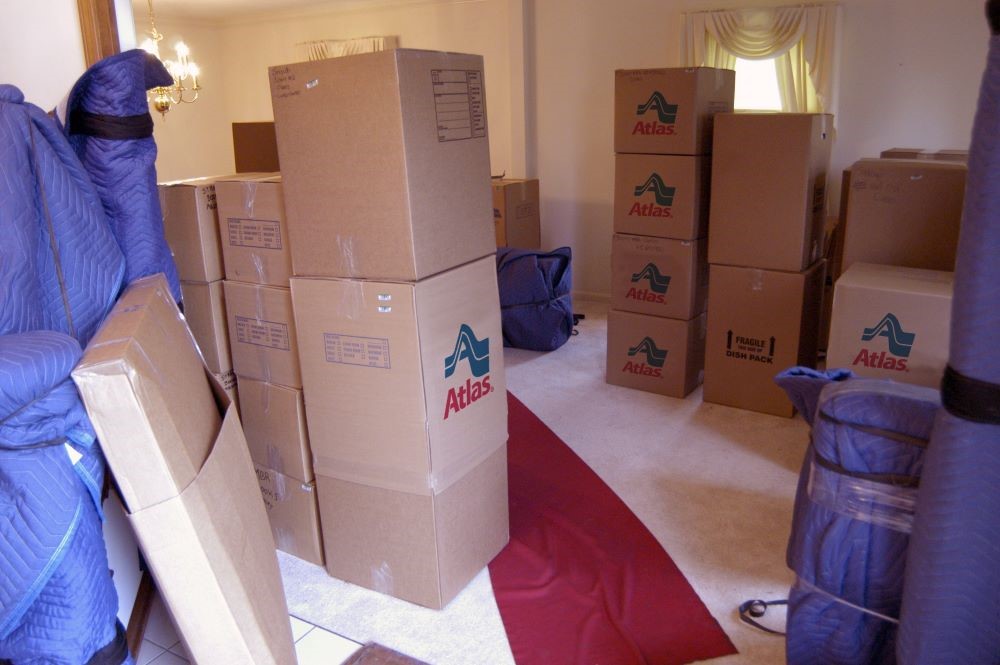 Whether its value is monetary or sentimental, it’s normal to be paranoid about having to move art. The unusual shapes, weight, and fragility of paintings and sculptures make safely packing them a special challenge. Follow these guidelines to keep them safe and protect their value.
Whether its value is monetary or sentimental, it’s normal to be paranoid about having to move art. The unusual shapes, weight, and fragility of paintings and sculptures make safely packing them a special challenge. Follow these guidelines to keep them safe and protect their value. How to Move Paintings and Drawings
- For expensive and large artwork, consider a custom-built crate. The crate can be built around the painting on-site and then disassembled when it reaches its new home.
- Do not use cling wrap, which can create mold. If you want to wrap the artwork to prevent scratching, use a blanket, silicone release paper, unprinted newspaper, or plain brown paper.
- Avoid packing multiple paintings in one box or crate, even without frames. They may scratch against each other in transit and damage the paint or canvas.
- For glass-covered artwork, create an X with masking tape over the glass to prevent it from shattering in case of cracks.
- If your artwork must go into storage, make sure it’s climate-controlled to prevent damage to the paint.
- Stick large red FRAGILE labels all over the crate or box.
How to Move Sculptures
- Fill in crevices with foam padding before wrapping the sculpture in a generous layer of bubble wrap.
- Place foam padding or packing peanuts inside the box on all sides of the sculpture to prevent any movement.
- Sculptures should be packaged individually to prevent breakage from friction or banging together in the truck.
- Mark the box as fragile and indicate which side of the sculpture’s box should be facing up with large, red labels on all sides.
Tags
Subscribe to Weleski Transfer Inc's Blog










Comments